INTRODUCTION

Filling and satisfying, lasagnas make the ideal comfort-food meal.
These hearty casseroles fill your kitchen with tempting aromas, making mouths water and stomachs rumble. While many can be assembled on the fly, multilayered lasagnas with slow-cooked sauces and made-from-scratch fillings have flavors that prove they are worth any wait.
There is a great deal of emotional satisfaction in serving and eating lasagna, and the effort of their preparation is not lost on contented family and friends. Well-blended ingredients served piping hot nourish the body, but a home-cooked meal prepared with love feeds the soul as well.
Please enjoy this collection of lasagna casseroles that run the gamut from classic to extraordinary.
Lasagna 101
If youve never made a lasagna before, dont fear! Read these tips to ensure success. If you are a kitchen veteran, skim the tips as a refresher. I encourage you to try new flavors in new recipesmaybe youll find your new signature dinner!
Baking & Casserole Dishes vs. Baking Pans
GLASS BAKEWARE, such as a glass or ceramic baking or casserole dish, conducts heat poorly so it heats up slowly. However, once it is hot, the dish distributes heat more evenly and consistently.
BAKING DISHES dissipate heat more slowly than metal, meaning lasagnas or other casseroles will stay hot longer when removed from the oven.
IF USING GLASS OR CERAMIC BAKING DISHES, some cooking experts recommend reducing the oven temperature by 25F and shortening the cook time to avoid overbrowning. Personally, I find this to be true with baked goods like cakes and desserts, but less an issue with lasagnas and other savory casseroles.
BAKING DISHES ARE OFTEN MORE ATTRACTIVE than metal pans and can go from oven to table.
METAL BAKEWARE, such as baking pans, are able to withstand high temperatures like those used for broiling.
METAL BAKING PANS WILL BROWN FOODS FASTER and crisp the edges of the lasagna.
A METAL BAKING PAN CAN BE TRANSFERRED from the refrigerator to the oven without risk of breaking, like glass or ceramic dishes might.
CAST-IRON OR ALUMINUM BAKING PANS may react with acidic foods, adding a metallic taste or tinting the food an unappetizing color.
CONSIDER ENAMELED CAST IRON: it is relatively nonstick and doesnt react with acidic foods. (And the colorful interior/exterior are pretty enough for company!)
STANDARD VS. DEEP DISHES: Standard baking dishes are about two inches deep, while deep dishes are three or more inches deep. Most of the lasagna recipes in this book are meant for standard baking dishes or pans, but Ive included a few hearty ones that will require deep sides to contain all the ingredients, especially while the lasagna is hot and bubbling in the oven. You can always bake a lasagna in a deep-dish container (the top might not brown as much, but otherwise it will be fine), but its risky to use an undersized dish, since the overflow will burn on the oven floor. If there isnt at least half an inch of rim around the top once the lasagna is assembled, place the dish on a foil-lined baking sheet to catch spills.
Traditional Boiled Noodles
SALT THE WATER! Pasta is pretty bland on its own, and cooking the noodles in salted water infuses them with flavor. I use between one and two tablespoons of kosher salt for a big pot of water. I use kosher salt for pasta water because my fine sea salt, which I use for my recipes, is a bit gourmet and a lot more expensive. If you only have regular fine salt, use one to two teaspoons.
AVOID OVERCOOKING TRADITIONALLY BOILED LASAGNA NOODLES so they dont become mushy or torn apart. If unsure, err on the side of undercooking them since they will be cooked a second time after they are assembled into a lasagna.
AFTER DRAINING THE NOODLES, rinse them in cold water to avoid burning your fingers. Pasta purists dont rinse noodles because the starch on the surface helps sauces stick. I appreciate that technique, but I reserve that for dishes where Im not manhandling boiling-hot noodles.
IF YOU LEAVE THE NOODLES IN A COLANDER for more than five or ten minutes, drizzle a small amount of olive oil on them and toss gently. This helps keep the noodles from sticking together. If you find noodles glued together in the colander, sigh loudly, and then rinse them in water until you can gently pry them apart. Dont fret over torn noodles; piece them together on the bottom layer.
IF COOKED NOODLES STAY OUT LONGER THAN THIRTY MINUTES, lay them out on a lightly greased sheet pan and cover with plastic wrap so they do not dry out and become brittle. This is the ideal way to treat lasagna noodles, but lazy cooks do not have to worry about the kitchen police if you skip this step. The resulting dish will taste just as yummy!
Specialty Lasagna Noodles
WHOLE-WHEAT LASAGNA, or any whole-grain pasta, can get mushy if overcooked. Watch carefully when boiling, and drain a minute or two early since the pasta will get cooked again when baked into a lasagna.
OVEN-READY NOODLES are thinner, wider, and shorter than traditional boiled lasagna noodles. If you have a gap larger than half an inch, you may want to break another noodle into pieces to fill in the space. Unless I know there is a lot of sauce or liquid in the lasagna, I dont overlap these noodles. The overlapped parts may not absorb enough liquid and remain tough. To make sure oven-ready noodles have cooked completely, stick a knife in the center to check for tenderness. If you meet resistance, keep cooking the lasagna.
COMMONLY FOUND GLUTEN-FREE LASAGNA NOODLES are usually a mix of corn and rice. If you want to avoid corn, look for lasagna sheets made from lentils. Gluten-free noodles are considered oven-ready, meaning theres no need to boil them before assembling the lasagna. Like wheat versions of oven-ready noodles, the gluten-free versions are smaller, and you may want to break some to cover the pan.
KETO NOODLES: These noodles go beyond gluten-free to exclude all grains in order to reduce carbs. Some brands use hearts of palm and are available at well-stocked grocery stores or through online specialty stores. These tend to be smaller than most other noodles and are notably more expensive.
Meat
HEARTY, PROTEIN-HEAVY LASAGNAS usually feature some type of ground meat as a base. There are many grades of ground beef, and you can use your favorite. Mixing some ground pork or sausage with the beef enhances its flavor. If you dont use a lean pork sausage, drain away any excess oil before adding the tomato product or any remaining ingredients.
OTHER CUTS OF BEEF CAN BE USED, but pieces should be bite-size or smaller to distribute evenly across a lasagna layer.
GROUND TURKEY OR CHICKEN are lower-fat options that can easily be substituted. These are generally so lean that they will require a tablespoon or so of olive oil to help them brown in the skillet without burning.

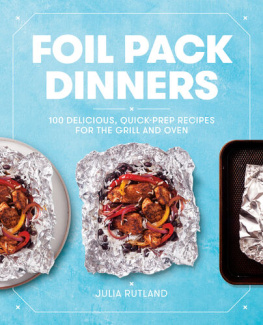
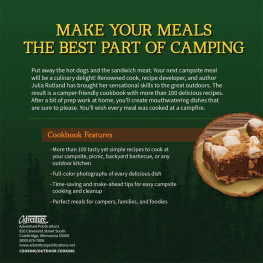
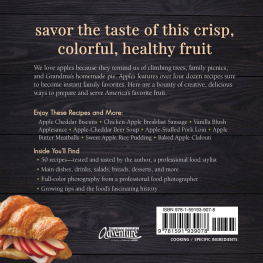
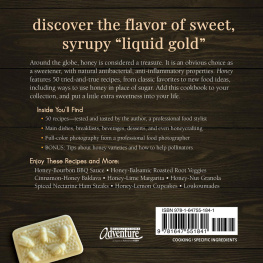
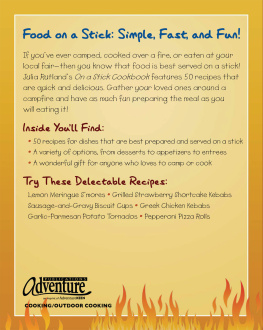
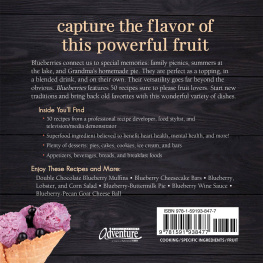
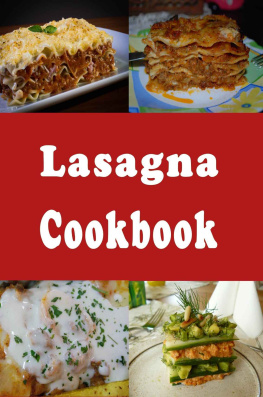

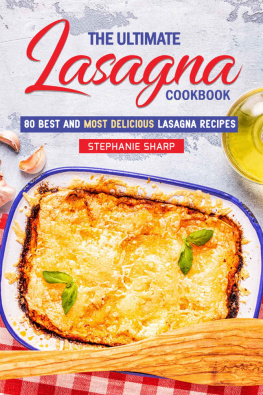
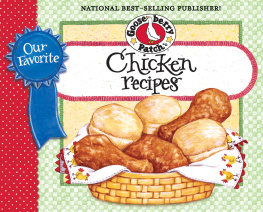
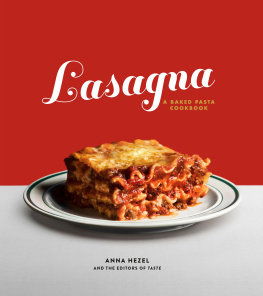

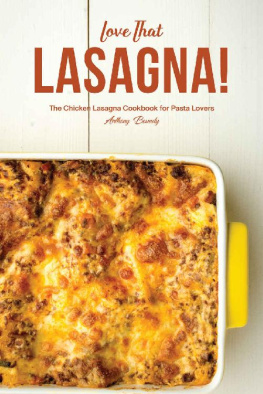
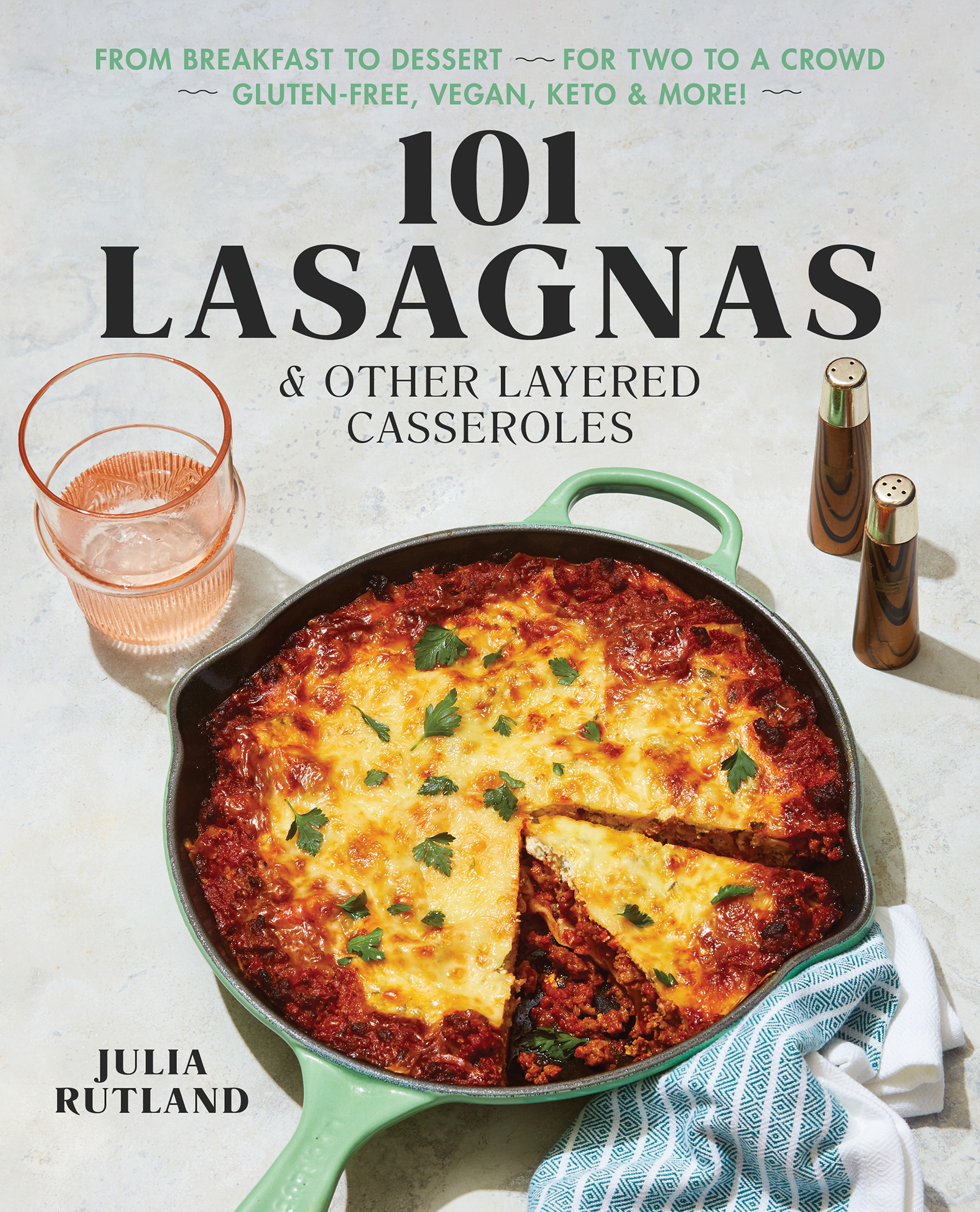


 Filling and satisfying, lasagnas make the ideal comfort-food meal.
Filling and satisfying, lasagnas make the ideal comfort-food meal.